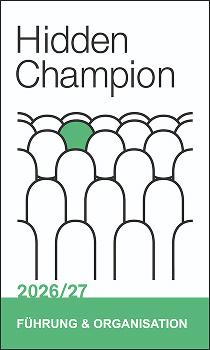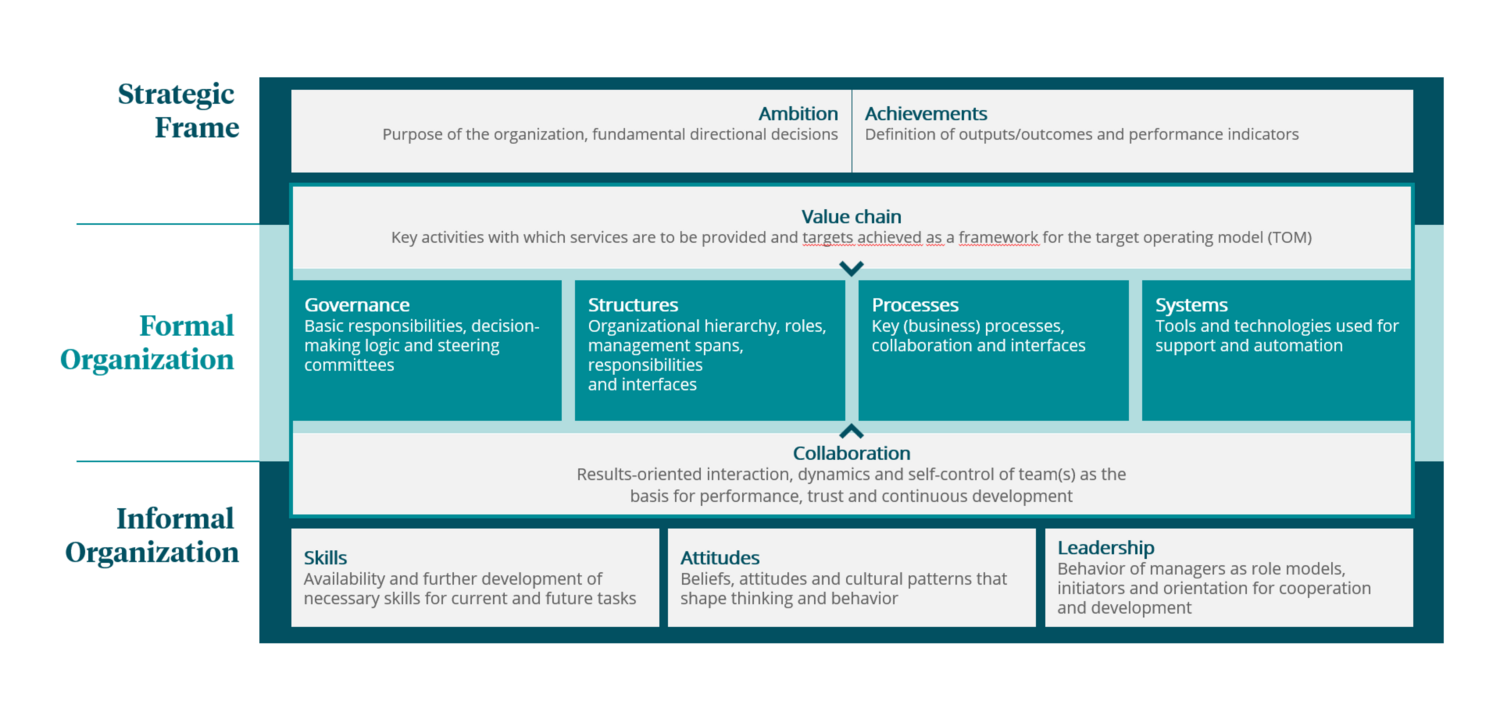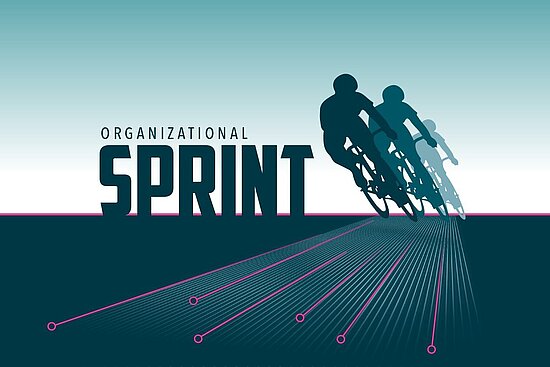The matrix organisation and the functional organisation are two basic structural models that can be used in companies, depending on requirements and context. The matrix organisation is a combination of functional and project-based structure. It is often used in larger companies that manage a large number of competences and projects. This form of organisation is particularly effective when flexibility and efficient use of resources are required, as it allows employees from different departments to be brought together in project-based teams.
In contrast, the functional organisational structure is clearly divided into different departments. Each department focuses on a specialised area of responsibility, such as marketing, finance or human resources. This model is particularly suitable for companies that have clearly defined and specialised areas of responsibility. The functional structure promotes clear responsibilities and in-depth expertise in specific areas, which can lead to high quality work results.
Both forms of organisation have their advantages and disadvantages:
- While the matrix organisation offers flexibility and can enable effective use of resources, it can also lead to complexity and conflict if responsibilities between functional and project-related roles are unclear.
- The functional organisation, on the other hand, offers clear responsibilities and promotes expertise, but can be less flexible in some cases and lead to silo thinking.
The choice of the appropriate organisational form ultimately depends on the specific goals, size and culture of the company.












